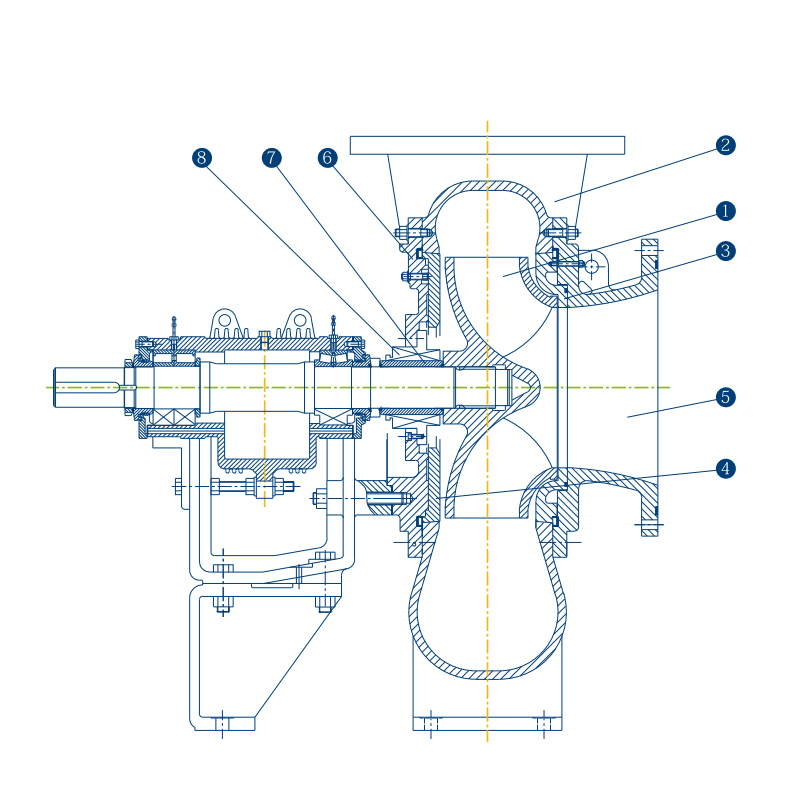English
- Afrikaans
- Albanian
- Amharic
- Arabic
- Armenian
- Azerbaijani
- Basque
- Belarusian
- Bengali
- Bosnian
- Bulgarian
- Catalan
- Cebuano
- Corsican
- Croatian
- Czech
- Danish
- Dutch
- English
- Esperanto
- Estonian
- Finnish
- French
- Frisian
- Galician
- Georgian
- German
- Greek
- Gujarati
- Haitian Creole
- hausa
- hawaiian
- Hebrew
- Hindi
- Miao
- Hungarian
- Icelandic
- igbo
- Indonesian
- irish
- Italian
- Japanese
- Javanese
- Kannada
- kazakh
- Khmer
- Rwandese
- Korean
- Kurdish
- Kyrgyz
- Lao
- Latin
- Latvian
- Lithuanian
- Luxembourgish
- Macedonian
- Malgashi
- Malay
- Malayalam
- Maltese
- Maori
- Marathi
- Mongolian
- Myanmar
- Nepali
- Norwegian
- Norwegian
- Occitan
- Pashto
- Persian
- Polish
- Portuguese
- Punjabi
- Romanian
- Russian
- Samoan
- Scottish Gaelic
- Serbian
- Sesotho
- Shona
- Sindhi
- Sinhala
- Slovak
- Slovenian
- Somali
- Spanish
- Sundanese
- Swahili
- Swedish
- Tagalog
- Tajik
- Tamil
- Tatar
- Telugu
- Thai
- Turkish
- Turkmen
- Ukrainian
- Urdu
- Uighur
- Uzbek
- Vietnamese
- Welsh
- Bantu
- Yiddish
- Yoruba
- Zulu
Telephone: +86 13120555503
Email: frank@cypump.com
Oct . 03, 2024 12:51 Back to list
sewer ejector system
Understanding Sewer Ejector Systems An Essential Component for Wastewater Management
Sewer ejector systems play a critical role in modern wastewater management, particularly in areas where gravity drainage is not feasible. These systems are engineered to transport sewage from lower elevation points to higher elevation sewage lines, ensuring that wastewater is effectively removed from residential and commercial properties. This article delves into the components, functionality, and importance of sewer ejector systems.
At its core, a sewer ejector system consists of several key components the ejector pump, a sump basin, piping, and controls. The ejector pump is the heart of the system. It is responsible for generating the necessary pressure to move sewage upwards through the plumbing system. The sump basin, an underground pit, collects the wastewater from the premises. When the water level in the basin rises to a predetermined height, the ejector pump automatically activates.
The operation of a sewage ejector pump is straightforward. Wastewater flows into the sump basin, where it is stored until the pump is triggered. Once activated, the pump forces the wastewater through discharge pipes to either a municipal sewer line or an on-site septic system. These pumps are typically designed to handle solids and debris found in wastewater, which is essential for preventing clogs that could lead to costly repairs.
sewer ejector system

One of the primary advantages of using a sewer ejector system is its ability to accommodate properties situated below the level of the municipal sewer line
. Without an ejector system, homes and businesses in low-lying areas would face significant challenges in wastewater disposal, potentially leading to unsanitary conditions and environmental hazards. By elevating and transporting sewage efficiently, these systems contribute to public health and safety.Furthermore, sewer ejector systems are ideal for various applications, including residential buildings, restaurants, and industrial facilities. In cases where bathrooms or kitchens are located below the level of the main sewer line, these systems become indispensable for safe and effective wastewater disposal. Moreover, many modern ejector pumps are equipped with advanced features such as alarms and backup power options, which enhance their reliability and ease of use.
It is also important to consider the maintenance of sewer ejector systems. Routine inspections and preventative maintenance can help identify potential issues before they escalate, ensuring the longevity of the system. Homeowners and business operators should be aware of the typical signs of malfunction, such as unusual noises or slow drainage, and seek professional assistance when necessary.
In conclusion, sewer ejector systems are an essential component of effective wastewater management, particularly in challenging topographical environments. By understanding their operation and significance, property owners can ensure their systems function optimally, providing a reliable solution for their wastewater disposal needs. With proper maintenance and timely interventions, these systems will serve communities for many years, fostering sanitation and environmental stewardship.
-
ISG Series Vertical Pipeline Pump - Chi Yuan Pumps Co., LTD.|High Efficiency, Energy Saving, Low Noise
NewsJul.30,2025
-
ISG Series Vertical Pipeline Pump- Chi Yuan Pumps|High Efficiency&Low Noise
NewsJul.30,2025
-
ISG Series Vertical Pipeline Pump-Chi Yuan Pumps Co., LTD.|High Efficiency&Energy Conservation
NewsJul.30,2025
-
ISG Series Vertical Pipeline Pump - Chi Yuan Pumps Co., LTD.|Advanced Hydraulic Design&Energy-Efficient Solutions
NewsJul.30,2025
-
ISG Series Vertical Pipeline Pump - Chi Yuan Pumps Co., LTD.
NewsJul.30,2025
-
ISG Series Vertical Pipeline Pump - Chi Yuan Pumps Co., LTD.|energy-efficient fluid handling&industrial durability
NewsJul.30,2025










